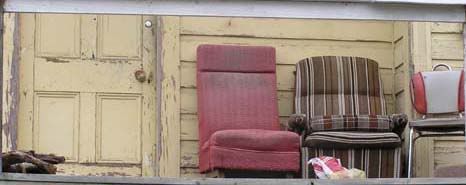TradeMe is New Zealands version of eBay. It rules the roost for online auctions, has jaw-dropping margins for the company and is used by millions of New Zealanders (that is even more impressive when you consider that there’s only a population of around 4 million).
To date it has had an unassailable lead over any competitor. However the founder, Sam Morgan, knows where his possible threat would come from, and, surprise surprise, it won’t be from a corporate boardroom. It will be from the fringes where people are free to experiment with ideas and business models free from big business paradigm constraints. In a recent interview he noted:
Any future rival to the site will probably come not from the likes of eBay, he says, but from “two students in a scungy flat” with new ideas on how to do it better.



